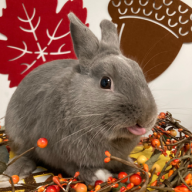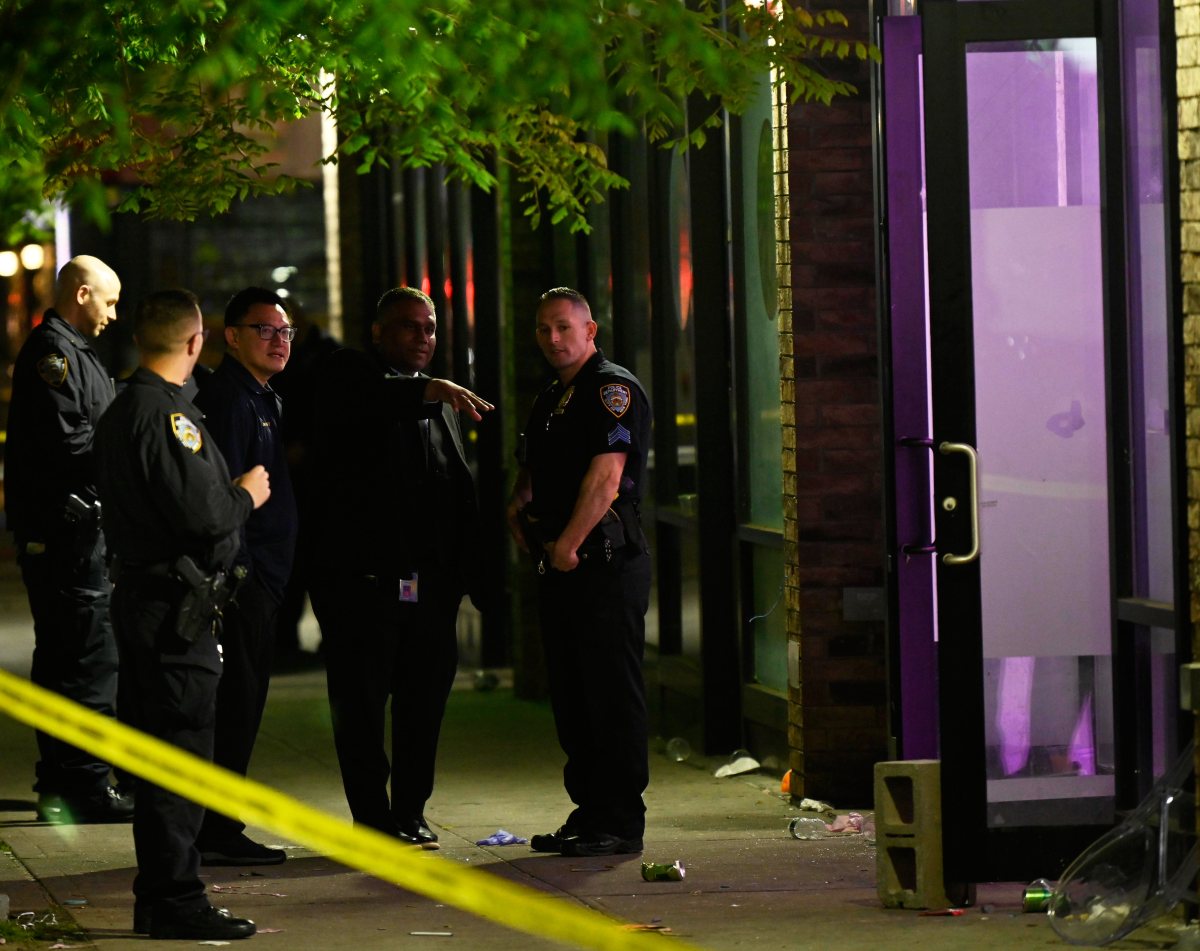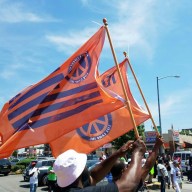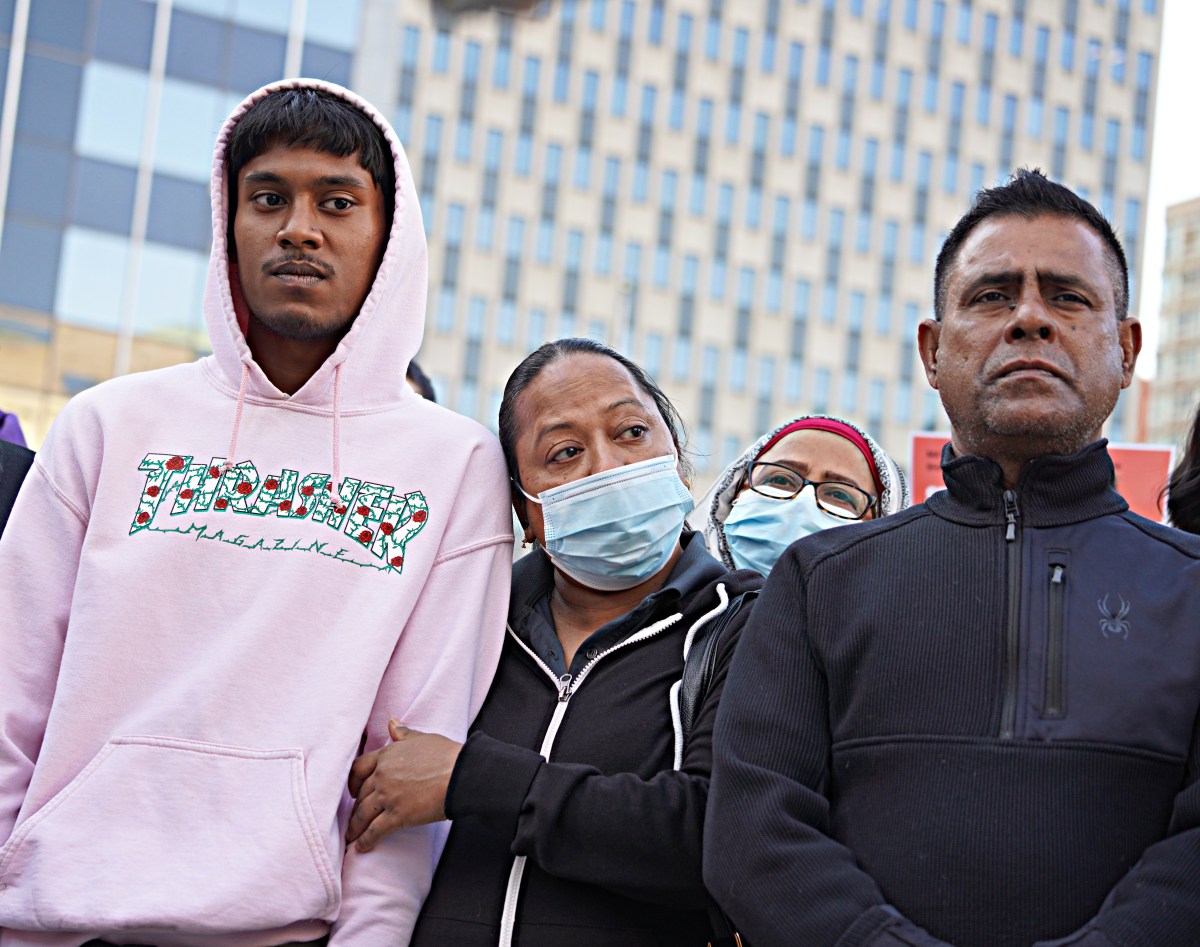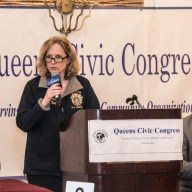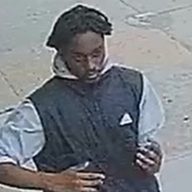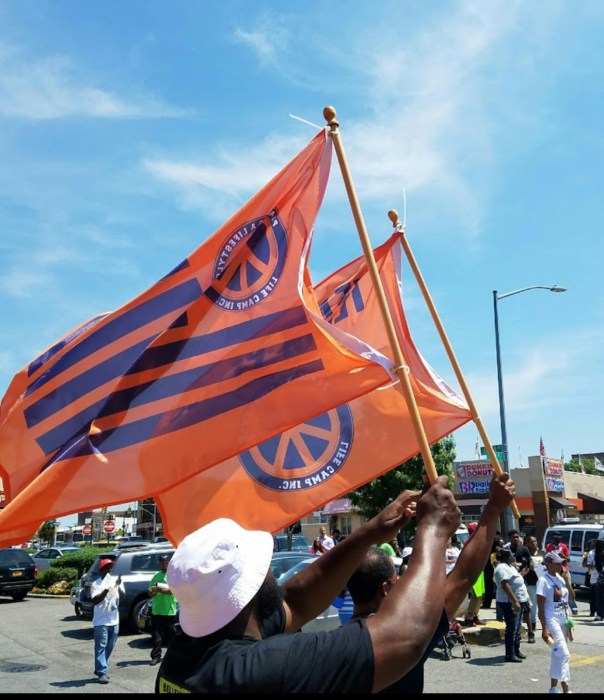By Courtney Dentch
In 1943, 20-year-old Frieda Jakubowicz lined up naked in front of a ditch in Trawna, Poland to be shot by German soldiers.
And although the bullet entered her back and exploded out her left shoulder, Jakubowicz awoke hours later when it began to rain, and she managed to crawl out of the ditch and take shelter in a nearby barn.
This story was turned into art as Jakubowicz and eight other Holocaust survivors living in Queens created memory quilts through a joint program between Selfhelp Clearview Senior Center in Bayside and Elder Craftsmen Inc.
The quilts, featuring Jewish symbols, family pictures and graphic images of what the survivors went through are on display through Oct. 25 at the Holocaust Resource Center at Queensborough Community College in Bayside.
The project was the brainchild of Libby Schwerd, director of Selfhelp, and Liz Curtin, director of community service programs at Elder Craftsmen, an organization that puts the talents and resources of seniors to work.
“This was just an ideal way to get people to interact and bring out what had been hidden all these years,” Schwerd said. “This is so cathartic for them.”
The 15-by-20-inch quilts were designed by the survivors, and each incorporates different themes and images, Curtin said. Some used cloth reproductions of photographs and letters from both before and after the Holocaust. Others used Hebrew lettering and Jewish symbols, like the Star of David, while others, including Jakubowicz, who now lives in Bayside, drew scenes from their memories.
“It was pretty powerful the times I was there,” Curtin said. “Powerful and very rewarding.”
On the right side of Jakubowicz’s quilt, she drew soldiers shooting at a line of people shrouded in white with a representation of herself shot in the shoulder. On the left side, the wounded Jakubowicz lies near a barn as townspeople look on.
“The bullet went in my back and came out my shoulder,” Jakubowicz said. “If it had come out straight, I would have been dead.”
After dragging herself to the barn, Jakubowicz was left by the townspeople, who assumed that she would be dead by the morning, she said. But she proved them wrong and was later taken in by a Christian family who helped her recover.
Six weeks later Jakubowicz escaped death again, when a farmer she was working for told her to leave, saying she had been through enough hardship. Two days later soldiers came through again and killed everyone in the town, including the farmer, Jakubowicz said.
In 1946 she was reunited with a brother and other members of her family in Germany, where she met her husband and gave birth to a daughter. In 1950 she immigrated to Brooklyn, where she had a second daughter.
Another quilt, created by Minia Moszenberg of Flushing depicts a family wearing the yellow stars that identified Jews during the Holocaust being separated by soldiers. A mask of death hovers above the family, while a lone girl, Moszenberg, is taken in the other direction.
“It was very, very emotionally draining,” Moszenberg said of the quilt-making process. “There were many nights I didn’t sleep.”
Abraham and Clara Miles of Bayside, both Holocaust survivors, used their quilt to display pictures spanning five generations—from Clara’s grandfather to the couple’s grandchildren. The couple did not know each other before War World II, they said.
They gathered pictures from different sources. Clara Miles received pictures of her grandfather, mother, and father from a great aunt in London, who sent them to her after the war.
“Nothing was left,” she said. “So this to me is a treasure, more than if someone gave me $1 million.”
The finished quilts carry the memories of the survivors and echo the declaration that all Jews repeat on Holocaust Memorial Day in April: “We must never forget.”
“It was very heartbreaking,” Jakubowicz said. “It is my memory, what I do remember. I can never forget it.”
Reach reporter Courtney Dentch by e-mail at TimesLedger@aol.com, or by phone at 229-0300, Ext. 138.

